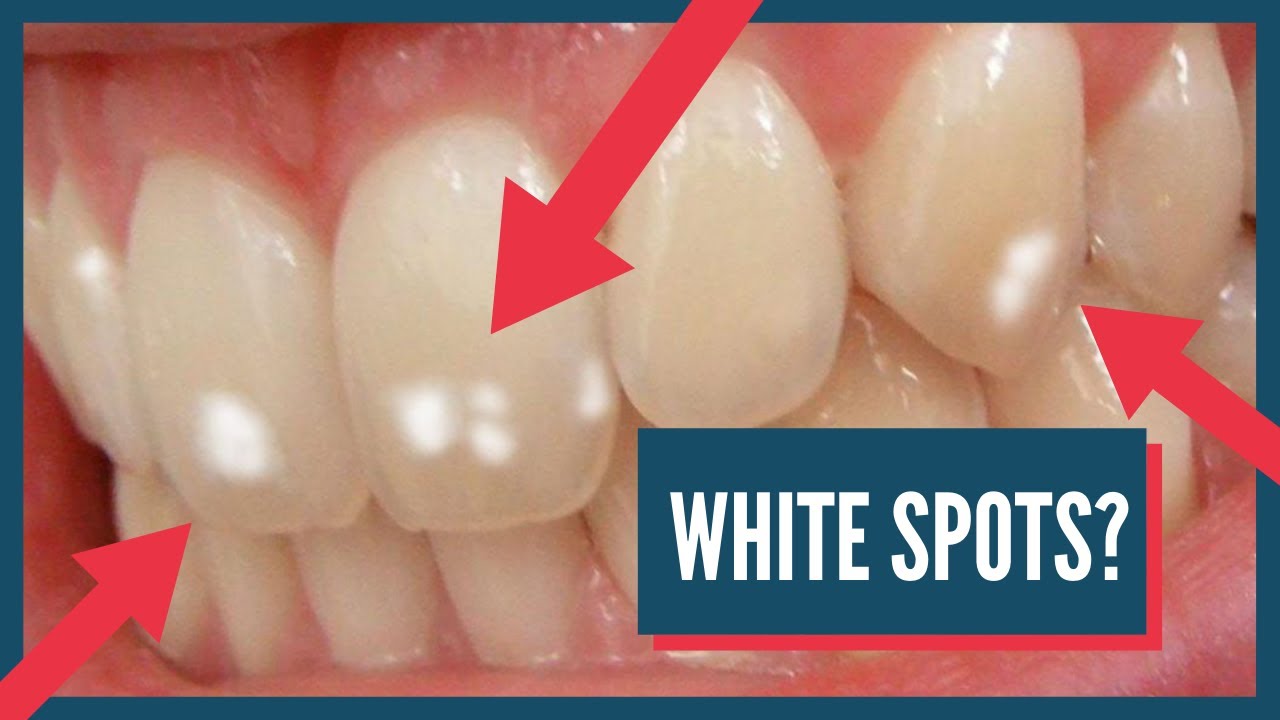Underbite Correction: Fix Your Smile
An underbite, a condition where the lower front teeth overlap the upper front teeth, can significantly affect the appearance and functionality of your smile. This orthodontic issue can lead to difficulties in chewing, speaking, and even breathing, making its correction crucial for both aesthetic and health reasons. Understanding the causes, types, and treatment options for underbite is the first step towards achieving a harmonious and healthier smile.
Causes of Underbite
The development of an underbite can be attributed to a combination of genetic, environmental, and behavioral factors. Genetically, the shape and size of the jawbone can predispose someone to having an underbite. Environmental factors, such as habits formed during childhood like thumb sucking or prolonged use of a pacifier, can also influence the alignment of teeth. Furthermore, the early loss of primary teeth or the presence of extra teeth can disrupt the normal eruption and positioning of permanent teeth, potentially leading to underbite.
Types of Underbites
Underbites are categorized based on their severity and the extent of the overlap of the lower teeth over the upper teeth. Mild underbites may only involve a slight overlap and might not significantly impact dental function or aesthetics. However, moderate to severe underbites can cause noticeable cosmetic concerns and functional issues, such as difficulty chewing food properly or speaking clearly.
Treatment Options for Underbite
Correcting an underbite involves a comprehensive approach that may include orthodontic treatment, surgical intervention, or a combination of both, depending on the severity of the condition and the patient’s overall dental health.
Orthodontic Treatment: For mild to moderate underbites, orthodontic treatment using braces or clear aligners can be effective. These appliances apply gentle pressure to the teeth, gradually moving them into a more aligned position. In some cases, orthodontic treatment might be used in conjunction with other appliances to modify the growth of the jaw in younger patients.
Surgical Intervention: For more severe underbites, surgical correction might be necessary. This involves procedures that reshape or reposition the jaw to improve the alignment of the teeth and the overall facial aesthetics. Surgical options can include mandibular setback, where the lower jaw is moved backward, or maxillary advancement, where the upper jaw is moved forward, among others.
Combination Therapy: In some cases, a combination of orthodontic and surgical treatments provides the best outcomes. Initially, orthodontic appliances are used to align the teeth as much as possible, and then surgical intervention is performed to correct the underlying jaw issues.
Choosing the Right Treatment
The decision on which treatment option to pursue should be made in consultation with an orthodontist or an oral and maxillofacial surgeon, taking into account the severity of the underbite, the patient’s age, overall health, and personal preferences. A thorough examination, including X-rays and dental models, will help determine the most appropriate treatment plan.
Recovery and Aftercare
Following underbite correction, especially surgical intervention, patients can expect a recovery period during which they may experience swelling, bruising, and discomfort. A soft food diet is often recommended for several weeks to minimize strain on the jaw. Regular follow-up appointments with the treating dentist or surgeon are crucial to monitor the healing process and make any necessary adjustments to the treatment plan.
Conclusion
Correcting an underbite is not just about improving the aesthetic appeal of your smile but also about restoring the proper functioning of your teeth and jaw. With the advancements in orthodontic and surgical treatments, achieving a balanced and healthy smile is more accessible than ever. By understanding the causes of underbite and exploring the available treatment options, individuals can take the first steps towards a more confident and healthier smile.
Frequently Asked Questions
What are the signs of an underbite?
+Signs of an underbite include the lower front teeth overlapping the upper front teeth, difficulty chewing or biting, and in some cases, breathing issues or speech problems.
Can underbites be prevented?
+While genetic factors cannot be changed, certain habits like thumb sucking can be discouraged from an early age to minimize the risk of developing an underbite.
How long does underbite correction take?
+The duration of underbite correction varies widely depending on the treatment approach. Orthodontic treatment can last from 12 to 36 months, while surgical intervention requires a recovery period that can range from a few weeks to several months.
